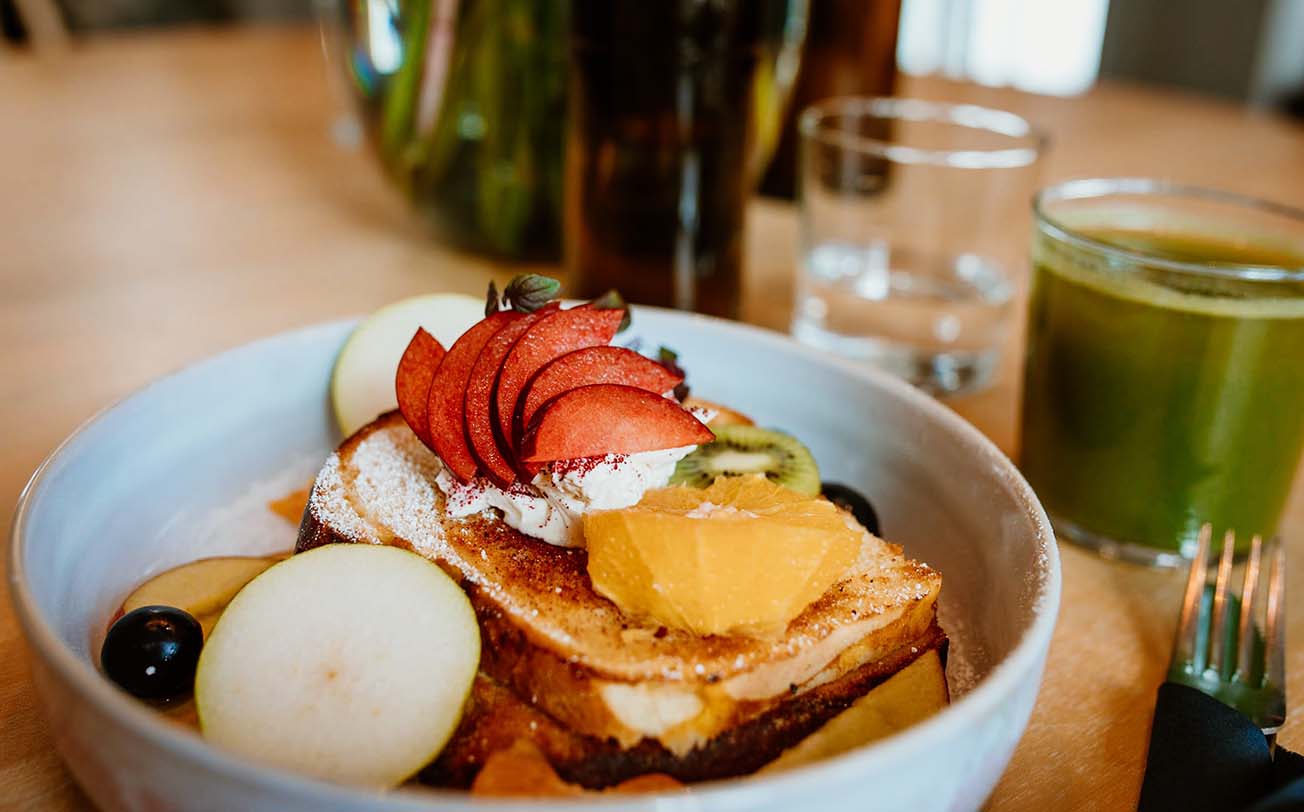I’ve always been on the hunt for unique culinary experiences wherever I travel. Hamburg, the vibrant port city in northern Germany, quickly became one of my favorite destinations. Known for its rich maritime history, diverse culture, and lively food scene, Hamburg offers a wide array of flavors that are often overlooked by travelers focused solely on the typical tourist spots. However, after spending some time in this dynamic city, I can confidently say that Hamburg’s food scene is a hidden gem waiting to be explored. From hearty traditional dishes to modern culinary innovations, Hamburg’s food will delight any true lover of good taste.
In this guide, I’ll take you through some of the best places to eat in Hamburg and introduce you to the ultimate local flavors that will give you a deeper understanding of the city’s culture, history, and people.
The Heart of Hamburg’s Food Scene: Fischmarkt
A visit to Hamburg wouldn’t be complete without a trip to the legendary Fischmarkt, one of the oldest and most iconic markets in the city. Situated right by the Elbe River, this bustling market has been the beating heart of Hamburg’s food scene since 1703. It’s a place where locals and tourists alike gather to shop for fresh seafood, locally produced goods, and other regional specialties.

The market itself is a sensory overload. The air is thick with the scent of fresh fish, spices, and baked goods. There’s a wonderful sense of energy here, as the vendors enthusiastically shout their prices while enticing buyers with samples of smoked salmon, pickled herring, and other sea treasures. I spent an entire morning at the Fischmarkt, wandering around and tasting the offerings, starting with a classic German breakfast: Frühstück.
A traditional Hamburg breakfast at the Fischmarkt includes a simple yet satisfying spread of crusty bread, cold cuts, cheeses, and eggs. The star of the show for me, however, was the Labskaus, a quintessential Hamburg dish that’s often misunderstood by outsiders. Labskaus is a hearty mash of corned beef, potatoes, onions, and beets, typically served with pickled herring and a fried egg on top. Despite its humble appearance, it was a surprisingly comforting and flavorful dish. The sweetness of the beets balanced beautifully with the saltiness of the herring, making each bite feel like a warm hug from the inside.
Traditional Hamburg Delights: Fish Dishes and More
Given Hamburg’s position on the coast, it’s no surprise that seafood plays a central role in the city’s culinary traditions. Whether you’re walking along the docks or dining at a local restaurant, fish is a constant feature on most menus.
One of the best places to sample traditional fish dishes is Kleinhuis’s. Located in the St. Pauli district, this cozy seafood restaurant has been serving up fresh, high-quality fish for decades. I opted for a plate of Backfisch, a local favorite of battered and fried white fish fillets, served with crispy fries and a tangy remoulade sauce. The batter was light and crunchy, and the fish was flaky and fresh, proving that sometimes simplicity is all you need. Backfisch is comfort food at its finest, and I could easily see why it’s a beloved dish among Hamburgers.
If you’re in the mood for something more refined, then Der Fischereihafen is another excellent choice. Situated in the port area, this restaurant serves up beautifully prepared fish dishes, including the famed Fischsuppe—a traditional German fish soup made with a rich, flavorful broth, chunks of fish, and a variety of vegetables. The soup was delicate but deeply satisfying, with each spoonful revealing a medley of subtle flavors. It’s the kind of dish that feels like a celebration of the sea.
For the adventurous eater, I’d highly recommend trying Smoked Eel or Aal (pronounced ‘ahl’ in German). Smoked eel is a staple of Hamburg’s culinary history, and you can find it at several fishmongers or restaurants around the city. It has a rich, smoky flavor that pairs perfectly with fresh bread or a crisp salad. I tried it at a small local bistro near the Elbphilharmonie and was blown away by its complexity.
The Reeperbahn and Late-Night Bites
No visit to Hamburg would be complete without exploring the famous Reeperbahn—a street known for its nightlife, entertainment, and, of course, late-night eats. After an evening of music and lights, it’s not unusual to find yourself craving a snack to keep the energy up. In this part of the city, it’s all about the Currywurst.

Currywurst is one of Germany’s most iconic street foods, and Hamburg puts its own spin on this beloved dish. It’s essentially a pork sausage that’s sliced into pieces and smothered in a spicy ketchup-based sauce, often topped with curry powder. The dish is typically served with fries or a fresh roll, and it’s perfect for eating while wandering around the neon-lit streets of Reeperbahn.
One of the best spots to grab a late-night Currywurst is Kiez Curry, a small, unassuming stand right in the heart of the action. The sausage is perfectly cooked—juicy and tender—and the sauce has the right balance of tang and heat. It’s the kind of food that hits the spot after a night of dancing or bar hopping.
For a more substantial meal, I’d recommend checking out Zum Goldenen Handschuh, an old-fashioned dive bar in St. Pauli that serves hearty German comfort food. The pub is famous for its Schweinhaxe (pork knuckle), a crispy, tender hunk of meat served with sauerkraut and roasted potatoes. The pork was succulent and rich, with a skin that was crispy to the point of being addictively crunchy. Every bite was a delight, and the rustic, no-frills setting made the experience all the more memorable.
Sweet Treats: Hamburg’s Pastries and Desserts
While Hamburg is undoubtedly known for its savory dishes, there’s also a rich tradition of sweets and pastries that you won’t want to miss. One of my favorite discoveries was Franzbrötchen, a sweet, cinnamon-infused pastry that’s a local specialty in Hamburg. Imagine a buttery, flaky croissant dough twisted into a spiral and filled with a generous amount of cinnamon sugar. It’s not overly sweet, but it’s perfectly satisfying with a cup of coffee. You can find Franzbrötchen in nearly every bakery around the city, but Café Paris, a charming French-style café, makes some of the best.
Another local dessert worth trying is Rote Grütze, a red fruit pudding made from berries like raspberries, strawberries, and cherries, thickened with cornstarch and often served with cream or vanilla sauce. I first encountered Rote Grütze at a cozy family-owned restaurant in the Speicherstadt district. The tanginess of the berries combined with the smooth, sweet cream was a refreshing and light way to end a meal.
If you have a bit of a sweet tooth, don’t forget to try Hamburg’s take on the traditional German cake: Eierlikör Torte. Made with a rich, creamy egg liqueur filling and a light sponge cake base, this dessert has a unique flavor profile that’s both decadent and comforting. It’s a popular choice for special occasions and can be found in many local bakeries around the city.
Modern Hamburg: International Influences and Trendy Spots
While Hamburg’s culinary heritage is deeply rooted in its maritime history, the city’s modern food scene is incredibly diverse. The growing international influence in Hamburg is evident in its range of trendy, innovative restaurants. One such place is Nikkei Nine, which combines Japanese and Peruvian flavors in a stunning, minimalist setting. Here, I had the chance to try Tiradito, a dish similar to ceviche, but with thinly sliced fish served with a spicy sauce that featured the umami of soy sauce and the tang of lime. The dish was a beautiful example of how Hamburg is embracing global flavors while keeping a local twist.

If you’re looking for an elevated dining experience, Haerlin in the Fairmont Hotel Vier Jahreszeiten is a Michelin-starred restaurant that blends regional ingredients with avant-garde techniques. The tasting menu here is a journey through the seasons, with dishes that highlight the finest local produce. From the delicate Flounder with Fennel and Dill to the rich and earthy Braised Venison, every dish was a celebration of both local and international flavors, beautifully plated and expertly prepared.
Hamburg’s Food Scene is a Hidden Treasure
In my time exploring Hamburg’s food scene, I was continually surprised by the depth and variety of flavors the city has to offer. From traditional fish dishes to innovative fusion cuisine, Hamburg truly has something for every palate. The city’s cuisine tells the story of its rich history—one that’s shaped by its maritime roots, its diverse population, and its ongoing dialogue with the rest of the world.
If you’re a foodie planning a trip to Hamburg, make sure to embrace the local flavors with open arms. Whether you’re indulging in a comforting plate of Labskaus or savoring a beautifully crafted dish at a Michelin-starred restaurant, there’s no shortage of memorable meals to be had in this dynamic city. Each dish I tasted felt like a glimpse into the heart of Hamburg’s vibrant culture—and that’s what makes eating in Hamburg such a special experience.



